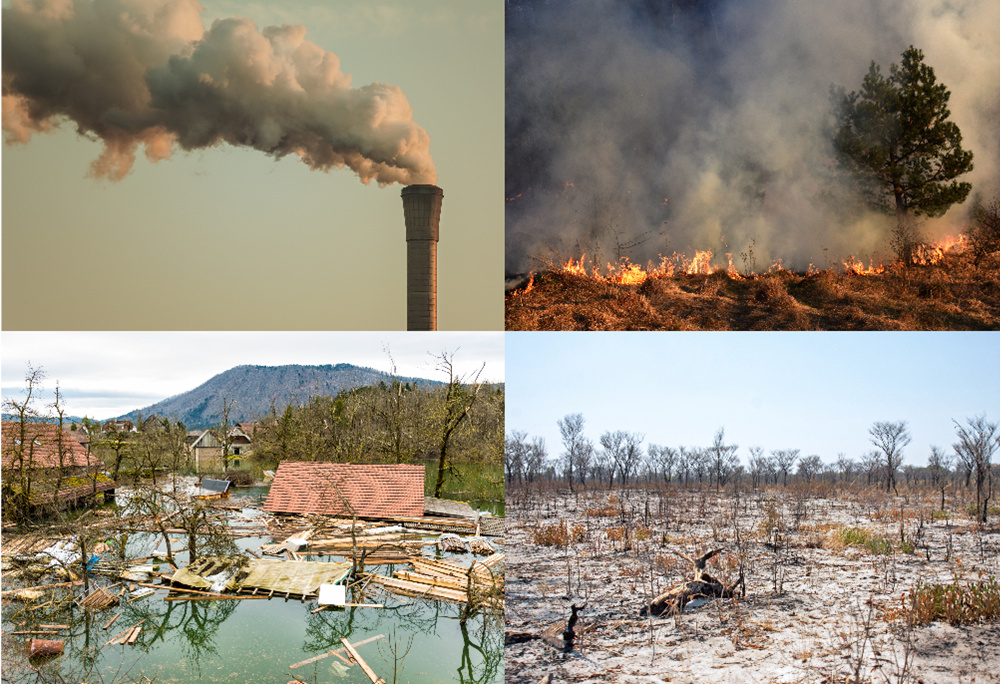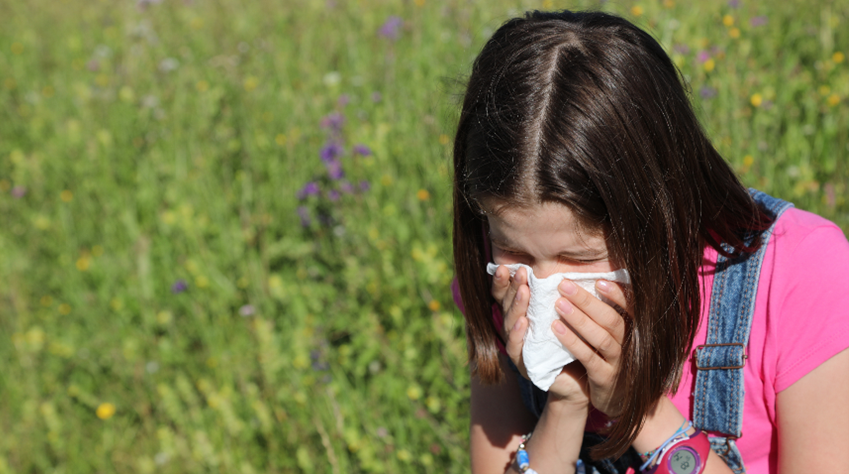Be cautious during climate change hazards
Climate change poses significant health risks for patients with chronic respiratory diseases, allergies, and skin conditions. These environmental hazards are no longer distant threats; they are becoming increasingly prevalent in Europe which is warming at twice the global rate. This leads to more frequent and intense heatwaves and other extreme weather events like floods and storms.[1] Patients should be especially vigilant during such events.
Below are some specific climate change hazards and their health impacts to be aware of:
- Heatwaves The increasing frequency and intensity of heatwaves especially in urban areas, severely impact those with respiratory conditions and chronic skin diseases. Elevated ground-level ozone and particulate matter worsen their symptoms, making it difficult to breathe and manage skin flare-ups, reducing their quality of life. Heat stress is directly linked to disease exacerbations and increased mortality; for instance, the severe heatwave of 2022 caused over 60,000 excess deaths across Europe.
- Air Pollution Elevated temperatures worsen air quality, making it particularly difficult for patients with respiratory diseases, especially children and elders, increasing the risk of mortality associated with these diseases. Those with chronic skin conditions also frequently experience flare-ups[2], making even home environments unsafe. In 2019, air pollution caused 569 000 premature deaths in Europe.[3]
- Biodiversity Loss Shifts in ecosystems affect allergen distribution and prolong pollen seasons, heightening allergic reactions, causing daily discomfort and health risks for those with allergies and skin conditions.
- Wildfires Higher temperatures and droughts fuel wildfires, producing harmful pollutants that severely impact respiratory health. Patients with pre-existing conditions often find themselves in emergency rooms, gasping for air and sometime fighting for life.
- Droughts and extreme temperatures amplify sand and dust storms which carry toxic pollutants over long distances, worsening air quality and making it hard for vulnerable groups to breathe and triggering skin allergies.
- Flooding promotes mould growth, which may trigger asthma, allergy symptoms, and skin infections[4]. Vulnerable families are often left dealing with the aftermath, which includes health risks and economic burdens.

Beyond the direct health effect, climate-driven hazards also have a significant socioeconomic impact:
- Vulnerability of Populations: Those with pre-existing chronic respiratory diseases, allergies and skin conditions, children, the elderly, and low-income communities face heightened risks and daily struggles. Those most affected are usually those living in poor housing conditions, old buildings that offer no effective insulation/ventilation, those who can’t afford air conditioning, outdoor workers etc.
- Economic Costs: Healthcare expenditures rise, productivity declines, and health systems strain under the burden of climate-related health impacts, affecting patients and their families. The EU has lost around €145 billion in a decade due to climate change related events. In 2020, the total climate-related economic losses were €12 billion.
- Quality of Life: Access to clean air and a healthy environment is essential for well-being, especially for vulnerable groups who already face numerous challenges. Climate-related events can disrupt the whole daily routine of vulnerable people. This includes for example dropping outdoor activities or avoiding areas that are highly polluted or full of pollen e.g. parks, etc.
[1] https://www.dw.com/en/europe-climate-change-risks/a-68489563
[2] https://link.springer.com/article/10.1007/s40257-023-00770-y and https://link.springer.com/article/10.1007/s40257-023-00770-y
[3] https://www.who.int/europe/news-room/fact-sheets/item/air-quality#:~:text=Air%20pollution%20is%20the%20most,deaths%20to%20household%20air%20pollution
[4] https://www.lung.org/clean-air/emergencies-and-natural-disasters/floods-and-water-damage
